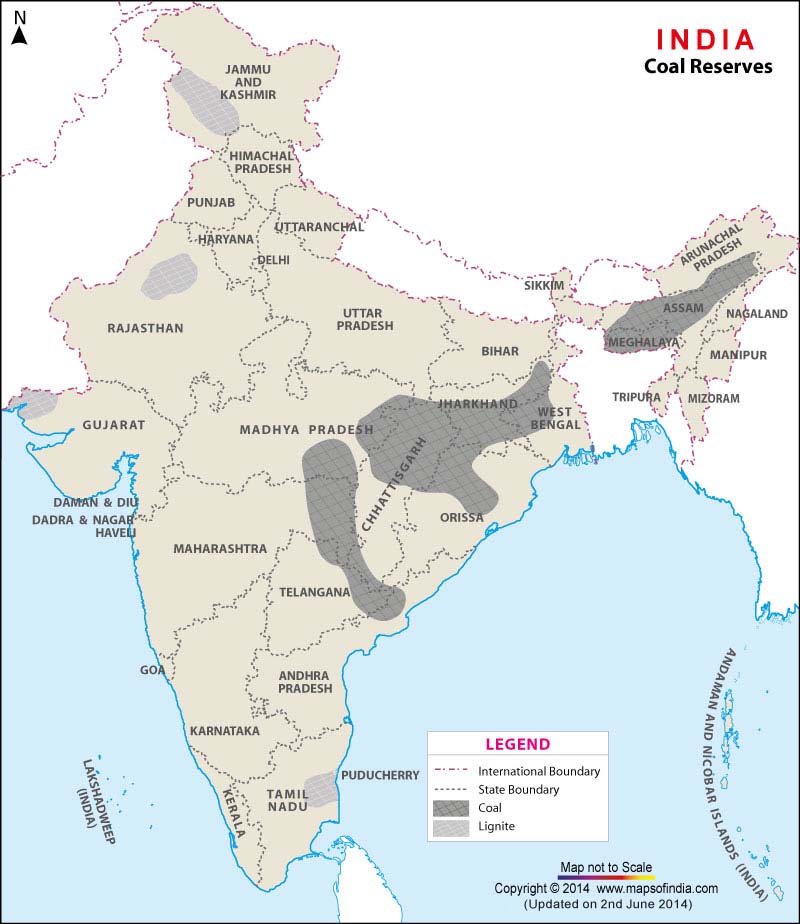900 319 0030
enquiry@shankarias.in
What is the issue?
What is Germany's coal commission for?
Does India need a similar commission?
What were the earlier measures?
How does the future look?

What are the alternative solutions?
Source: Indian Express